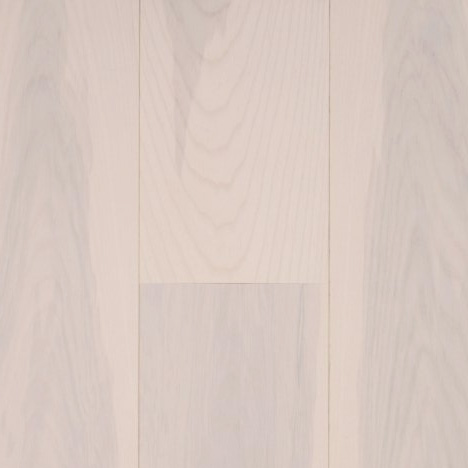Solid Hardwood Flooring – Unfinished and Prefinished Options
Tongue and Groove Flooring. Solid wood flooring is fabricated from 3/4″ thick solid wood and has tongue and groove sides to join the boards. Some manufacturers make a thinner version that is 5/16″ thick. The main advantage of solid wood flooring is its ability to be resanded and refinished over many years. It is not uncommon for solid wood floors to last 50 years or more.These floors come unfinished or prefinished and in almost any wood species you can imagine.The main issue to consider with these floors is because they are solid wood, they are susceptible to expansion and contraction due to humidity changes in the home. To accommodate this movement, these floors are installed with a 5/8″ to 3/4″ gap around the perimeter of the floor along the wall and the gap is covered up by the baseboard and shoe molding. Also, 3/4″ thick floors should not be installed in a below grade condition such as a basement, however, the thinner 5/16″ wood floors may be used in that application. When installing a solid wood floor over new or recently washed concrete, be sure the manufacturer’s recommendations on limits of moisture in the concrete are followed. Prefinished solid wood floors often come with slightly beveled top edges where the tongue and groove meet. Unfinished wood floors that are sanded, stained and finished on the job site will have smooth seamless joints.
3/4″ wood floors require a specialized tool for nailing the boards together. The thinner 5/16″ wood floor is installed using staples or glue.






